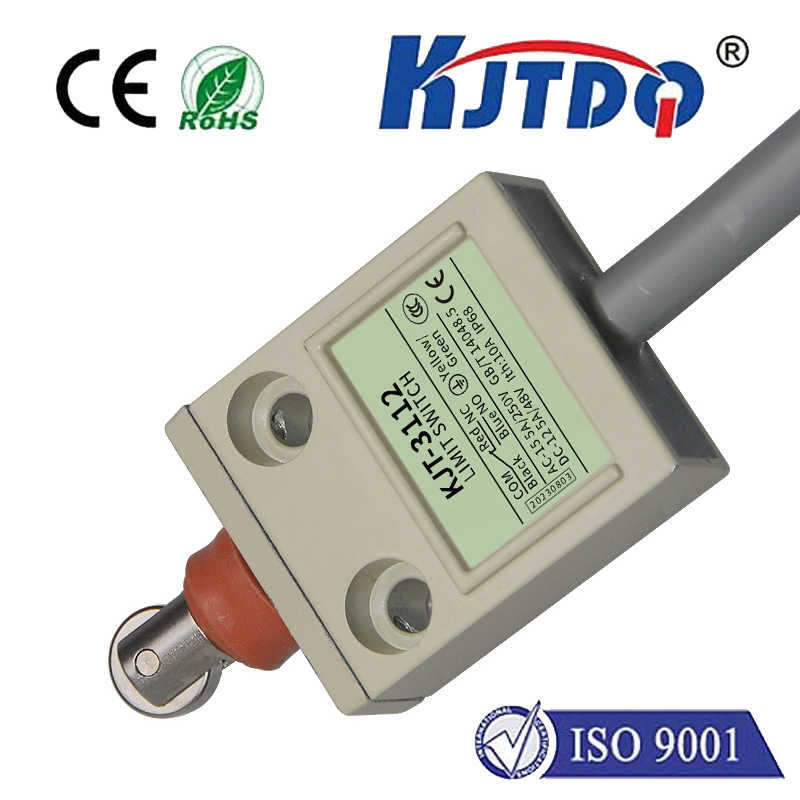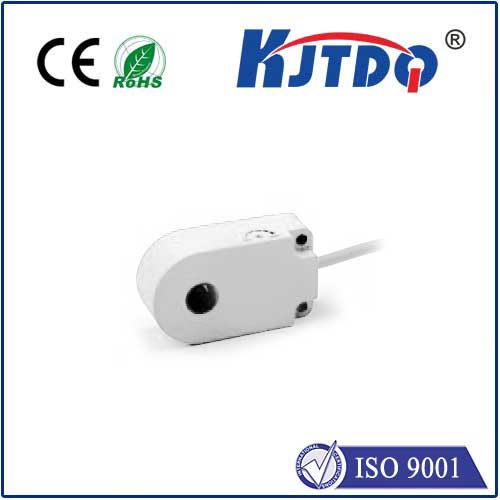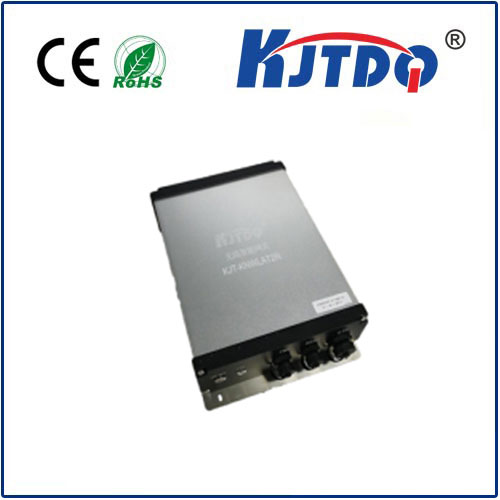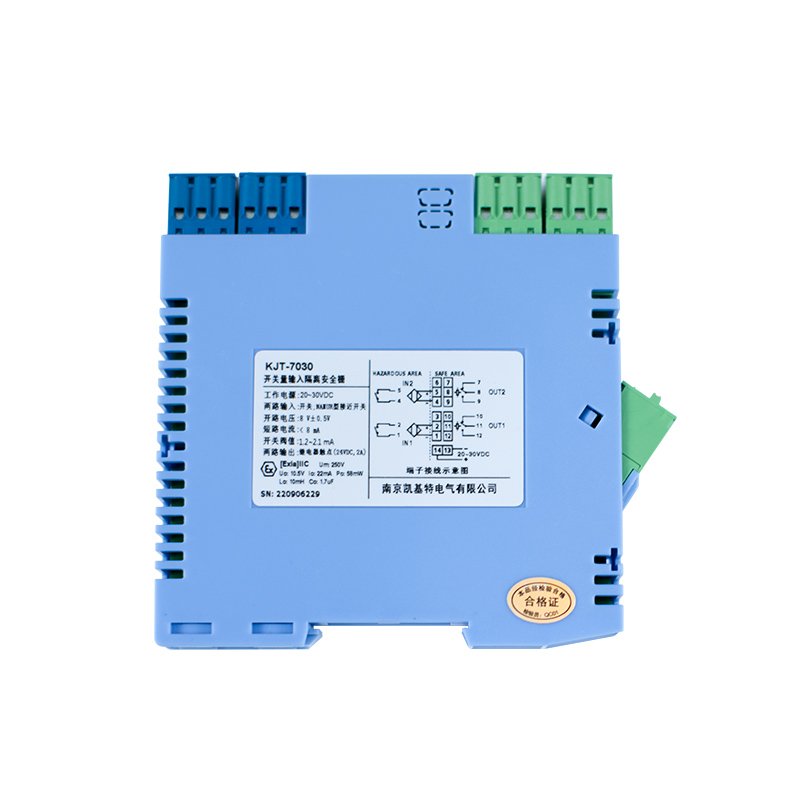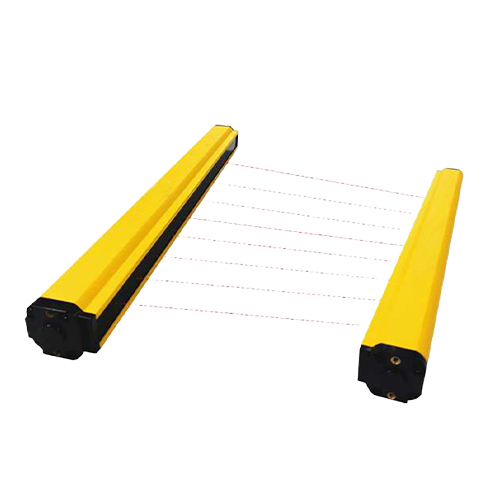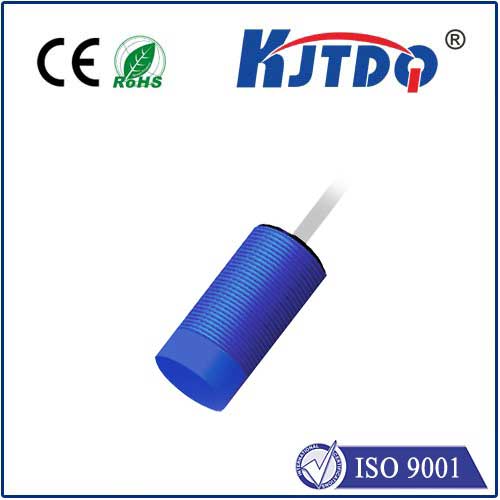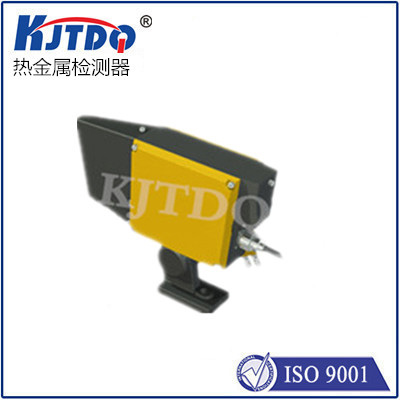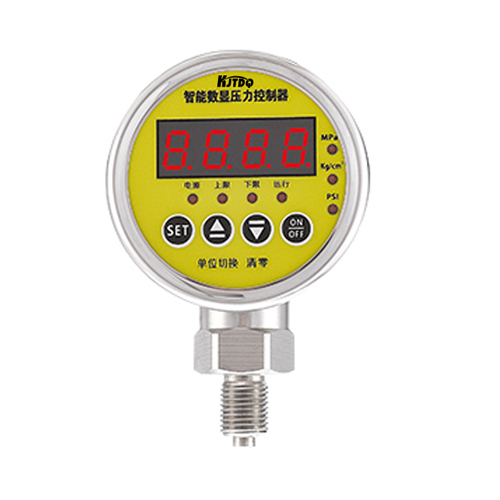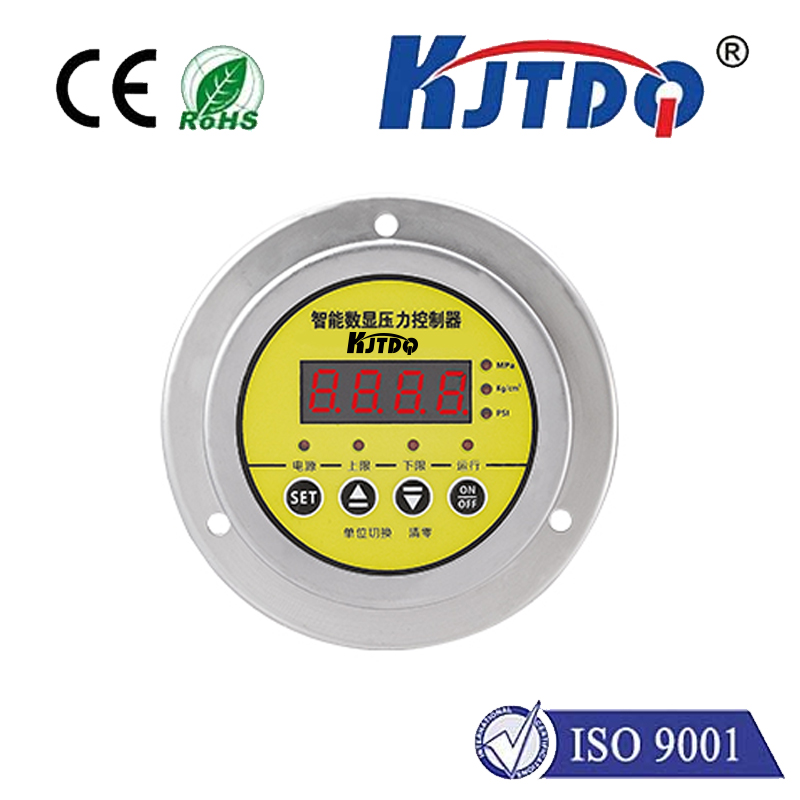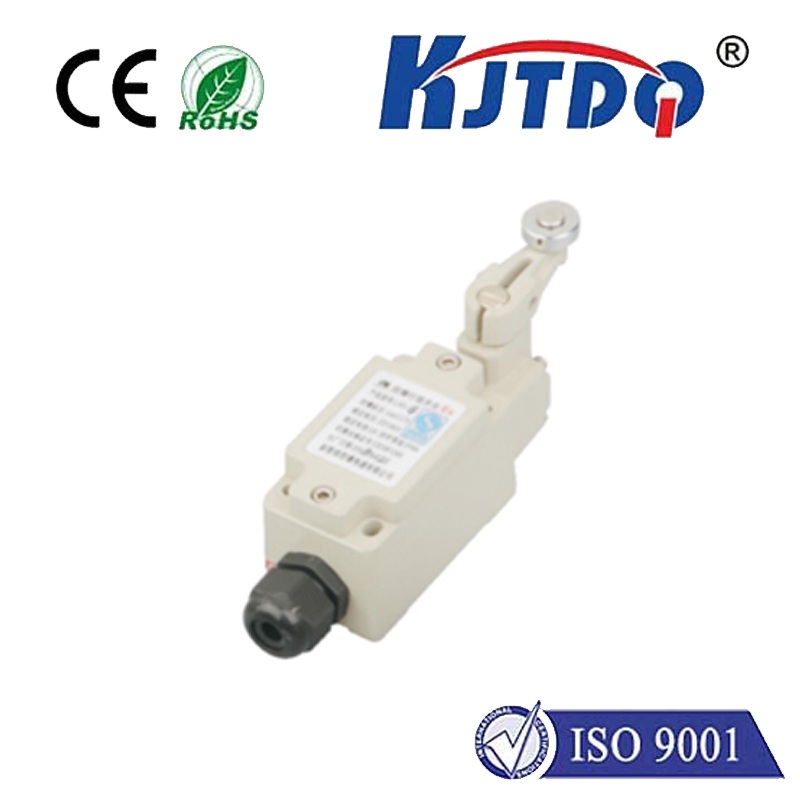

check

check

check

check
Imagine the hum of a high-speed bottling line. Thousands of containers zip past filling heads, capping stations, and labeling units every hour. How does this complex ballet happen flawlessly? The silent sentinels ensuring position, presence, and precision are often proximity sensors like the BES00PE. This robust device isn’t just another component; it’s a critical element in the backbone of modern industrial automation, providing reliable, non-contact detection where accuracy and durability are paramount.
The BES00PE belongs to the category of inductive proximity sensors. These sensors detect the presence of metallic objects without physical contact, functioning through the principle of electromagnetic induction. When a metal target enters the sensor’s electromagnetic field, eddy currents are induced within the target. This interaction causes a measurable change in the sensor’s internal oscillator circuit, triggering its switching output. This fundamental technology makes the BES00PE incredibly reliable for countless positioning, counting, and presence detection applications across diverse industries – from automotive manufacturing and packaging plants to material handling and machinery.
What truly sets the BES00PE inductive sensor apart are its engineered features designed for the harsh realities of industrial environments:

The practical applications of the BES00PE are ubiquitous in automated settings:
Optimizing Performance: While known for its reliability, getting the best from your BES00PE involves mindful installation. Ensuring the correct operating distance (based on its specification and the target material – typically shorter for non-ferrous metals) is crucial. Avoid mounting sensors too close to each other to prevent mutual interference (inductive crosstalk). Also, consider the target size and material – smaller ferrous targets require closer positioning than larger ones, and non-ferrous metals reduce the effective sensing range compared to steel.
Choosing the BES00PE: This sensor isn’t a universal solution, but it excels where its strengths are needed. When evaluating options, consider:
If the answer is “yes” to these core questions, the BES00PE emerges as an exceptionally strong contender. Its blend of ruggedness, precision, and straightforward integration makes it a trusted sensor for engineers and technicians worldwide.
For seamless integration, remember to consult the specific datasheet for the exact BES00PE model you select. Key specifications like the rated operating distance (Sn), power supply requirements, output type (NO/NC PNP/NPN), switching frequency, and housing material can vary slightly between variants. Understanding these ensures optimal performance and avoids integration hiccups. When correctly applied and installed, the BES00PE proximity sensor acts as an indispensable, reliable component, silently underpinning efficiency, safety, and precision in the complex dance of modern industrial automation. Its consistent performance in detecting metal targets, even under challenging conditions, makes it a cornerstone of countless automated systems requiring dependable feedback.
